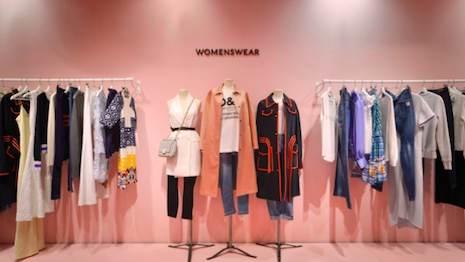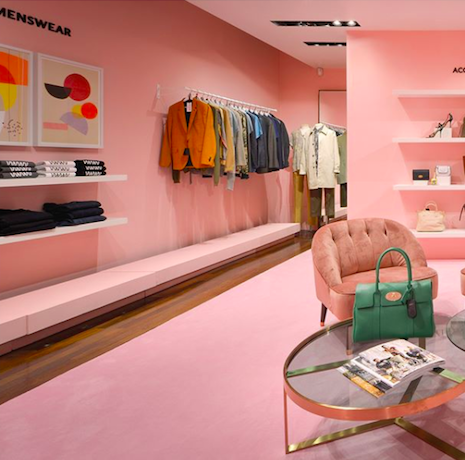 Harrods' pop-up shop. Image credit: Harrods.
Harrods' pop-up shop. Image credit: Harrods.
British department store Harrods is embracing the secondhand fashion market to support children’s charity NSPCC.
Opened on April 13, the month-long pop-up will sell pre-owned designer goods to raise funds for the organization. Dubbed Fashion Re-told, this marks Harrods’ first standalone charity shop.
Shopping for a cause
Fashion Re-told is located on Sloane Street, nearby to Harrods’ Knightsbridge store. Presented in partnership with Cadogan Estates, which donated the storefront, the pop-up retails high-end pre-owned goods donated by Harrods employees, customers and brands.
Consumers are also encouraged to bring their own donations.
The pink-hued outlet will rotate merchandise on a daily basis. While the popular millennial-favorite hue is one of the NSPCC’s corporate colors, Harrods head of visual merchandising Alex Greco Wells told Women’s Wear Daily that the design for the space also factored in Instagrammability, looking to attract social media buzz for the initiative.
Fashion Re-told is staffed by employees of NSPCC, who received training from Harrods managers on serving luxury consumers.
Inside Fashion Re-told. Image credit: Harrods
Earlier this year, Harrods worked with prominent streetwear label Vetements to draw attention to the issue of overproduction.
The Zurich-based brand took over four of Harrods’ windows for an installation that showcased how much fashion is wasted. While potentially a counter-intuitive message for a brand and retailer, the project aims to inspire a more sustainable fashion strategy (see story).
As consumers seek out shopping that also serves others, retailers are devoting resources to charitable initiatives.
For instance, British department store chain Selfridges’ Oxford Street flagship turned a portion of its third floor into a charity shop as its hosted a project by artist Miranda July.
A commission for Artangel, Ms. July brought together four religious charities for an interfaith store that benefited both the organizations themselves and other nonprofits chosen by the participants. While each of the quartet of charities run their own stores, this installation marked the first interfaith charity shop in the U.K. (see story).

